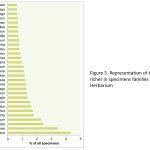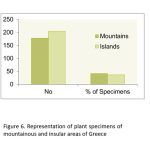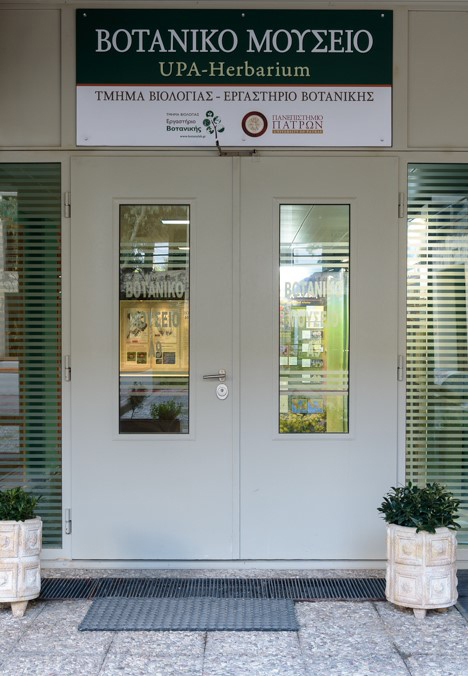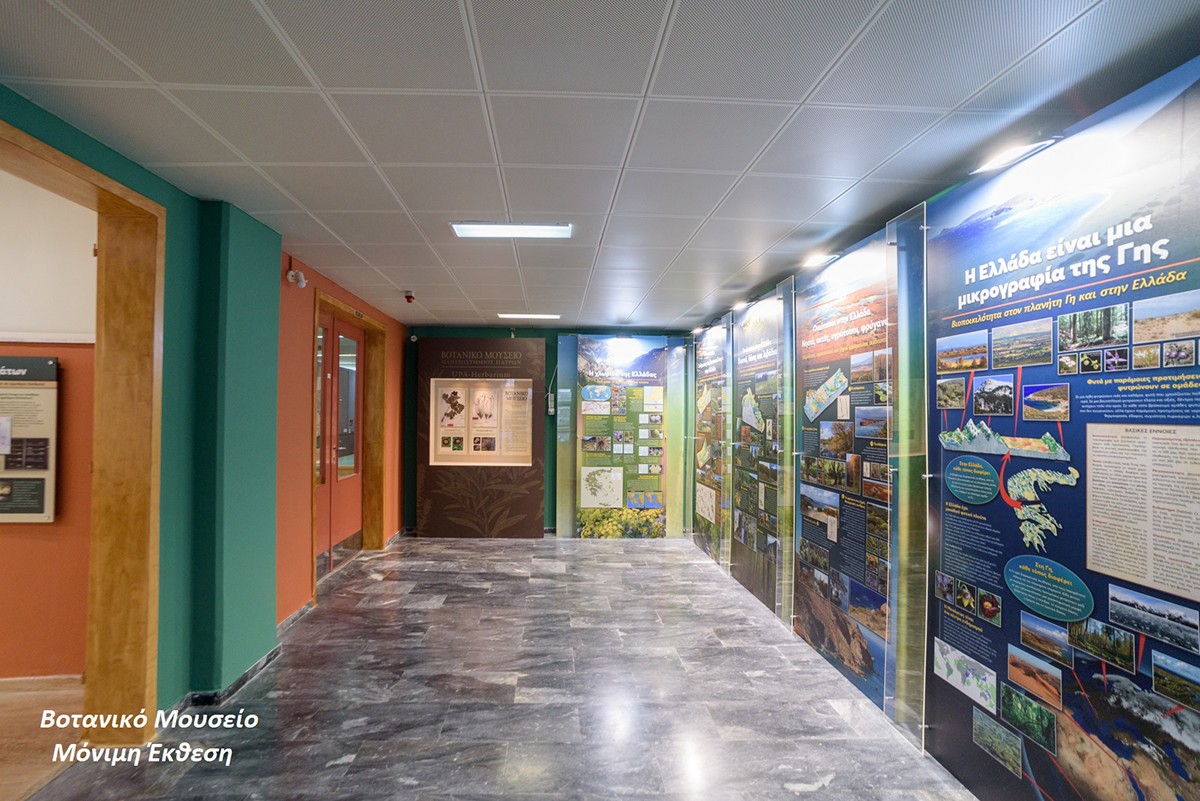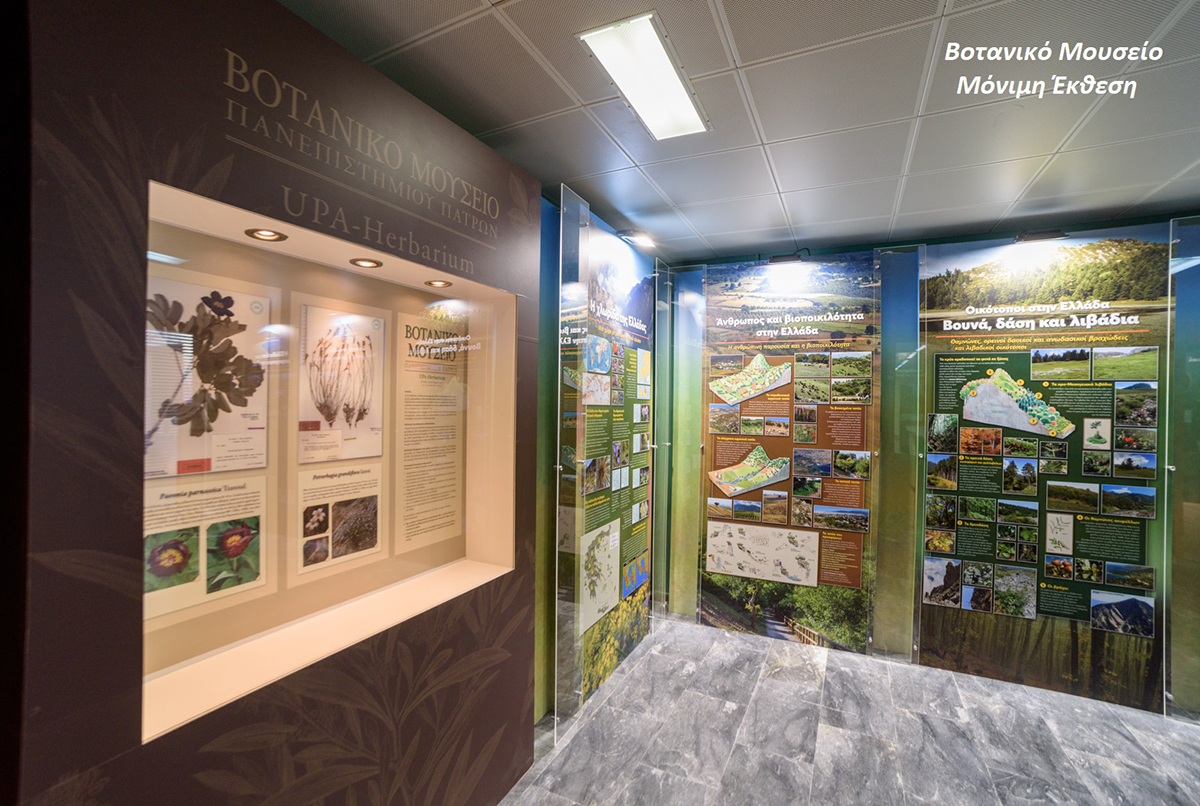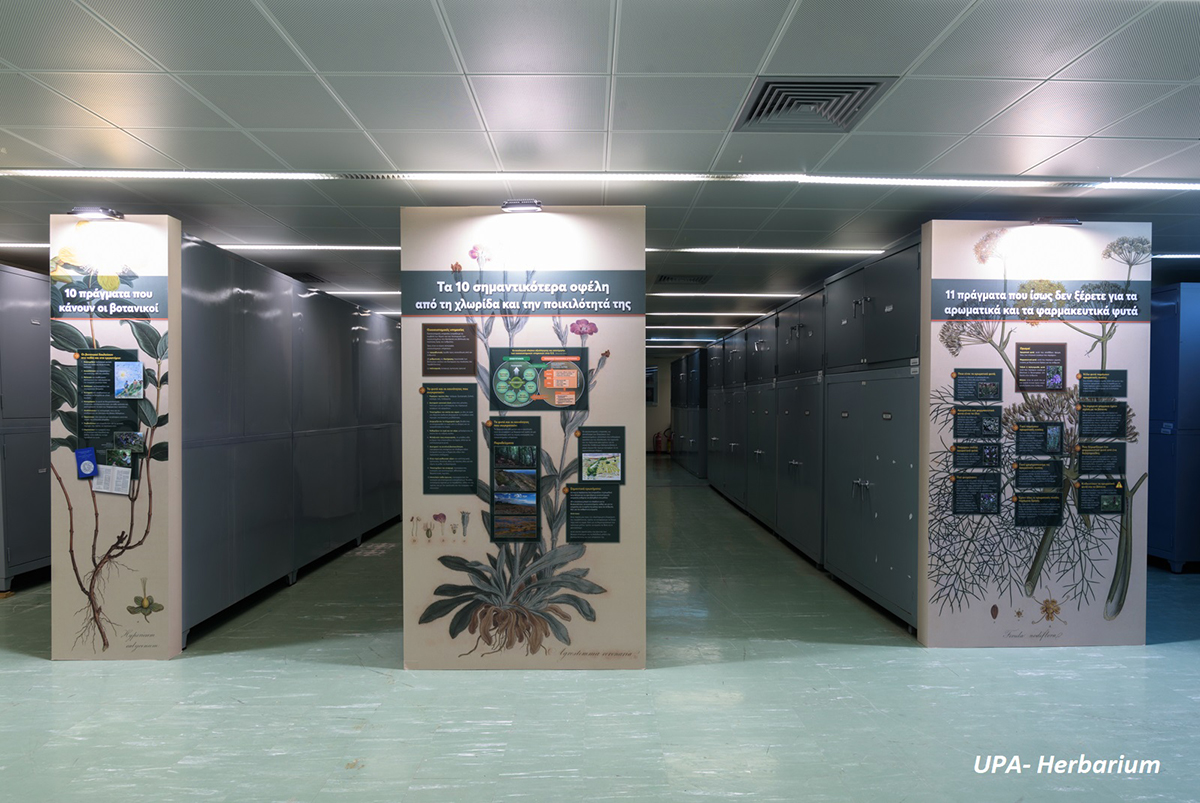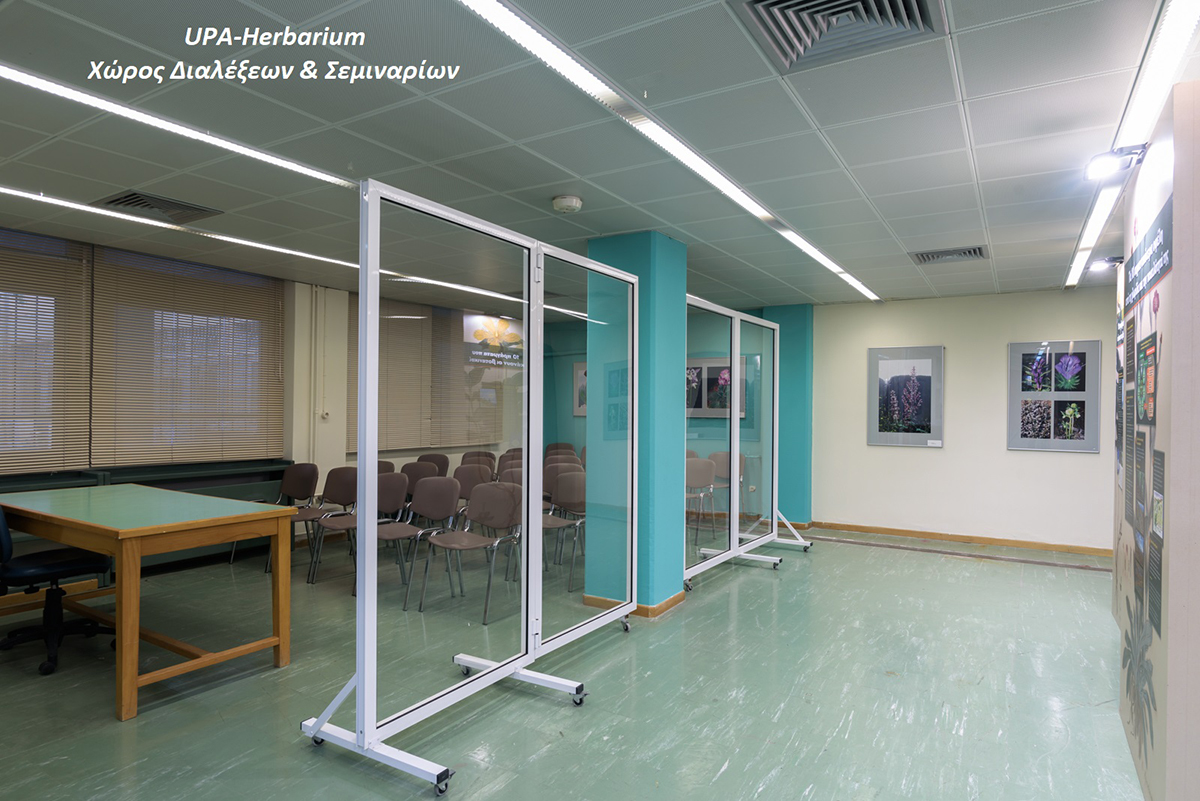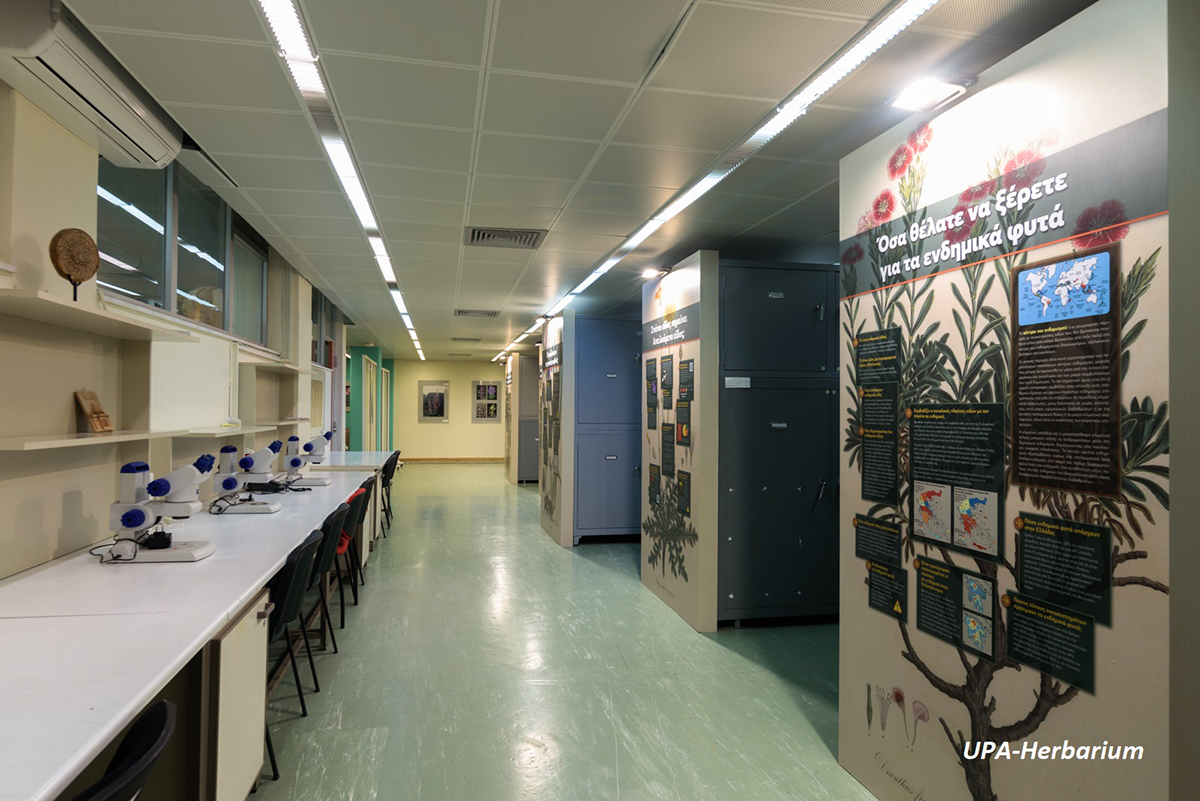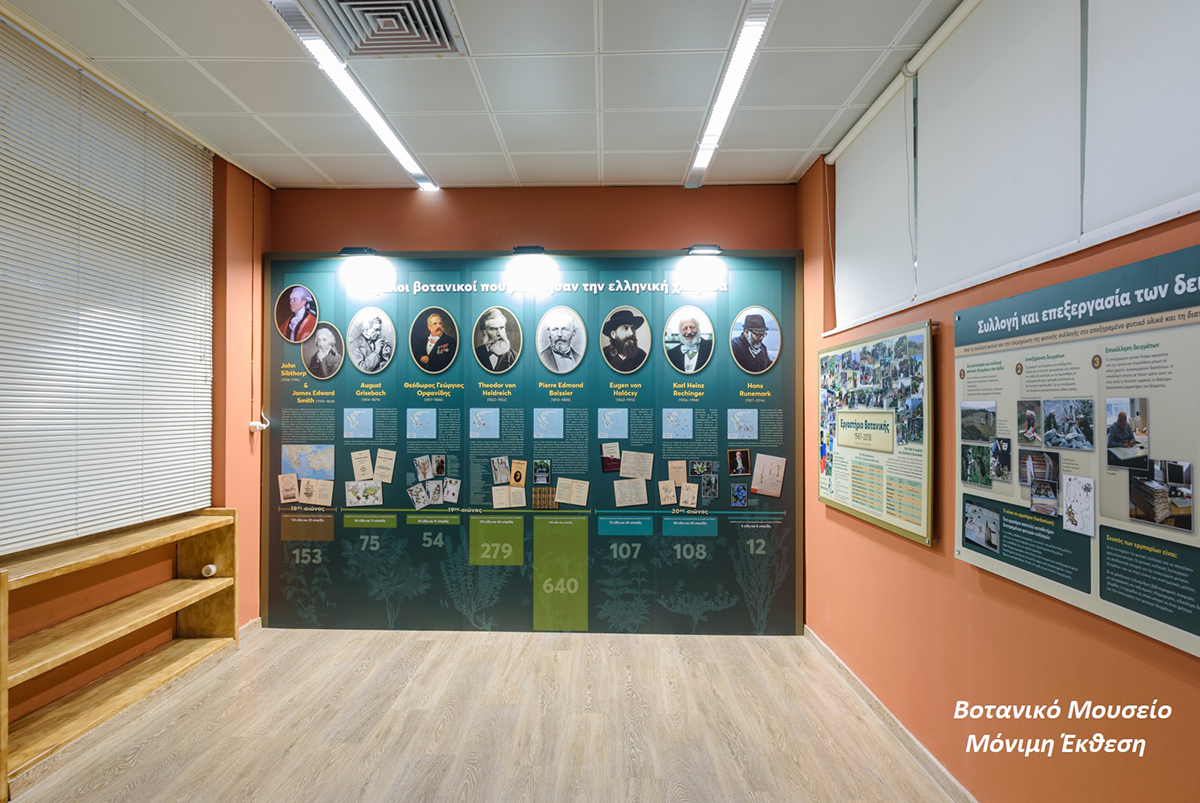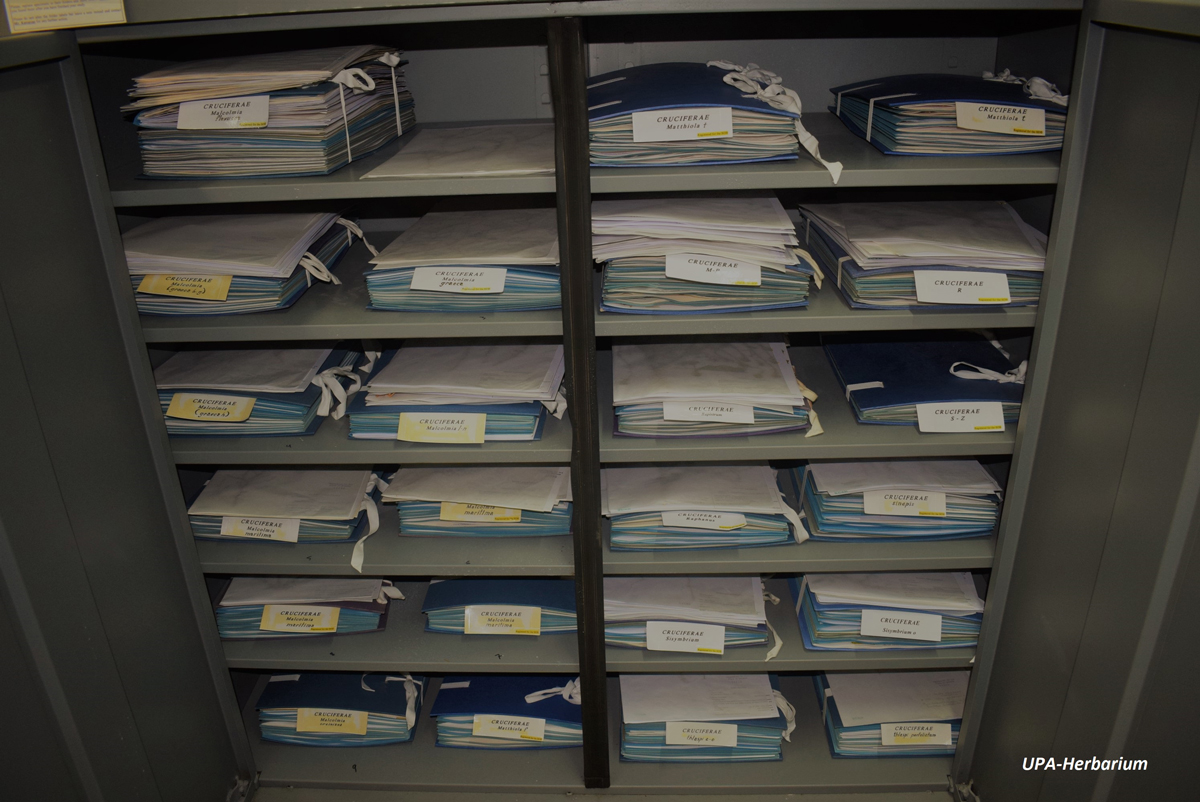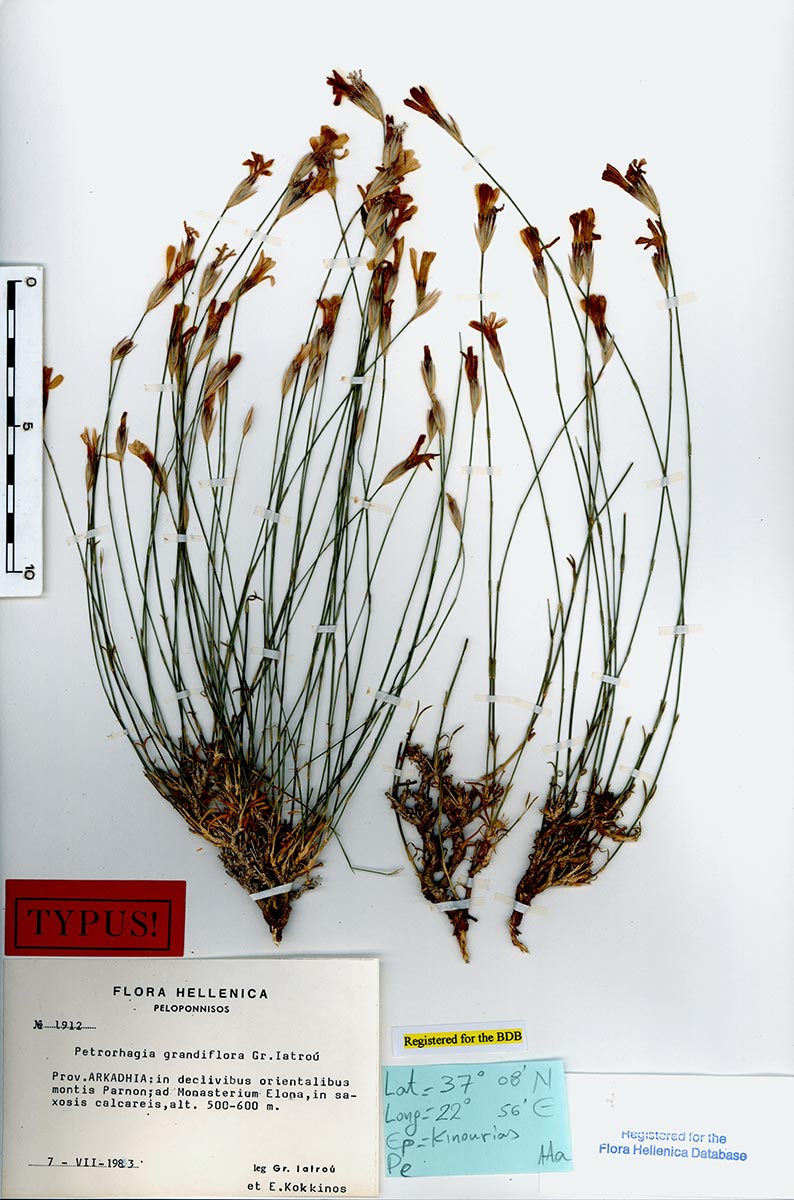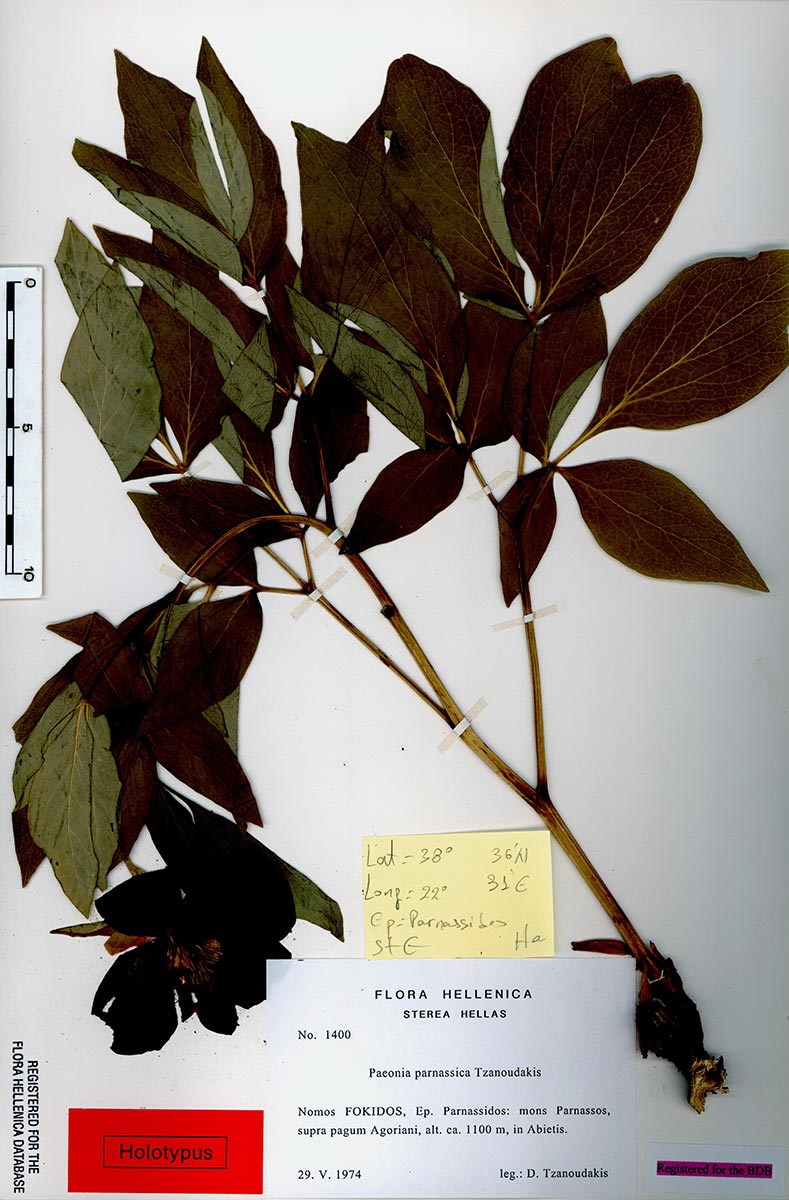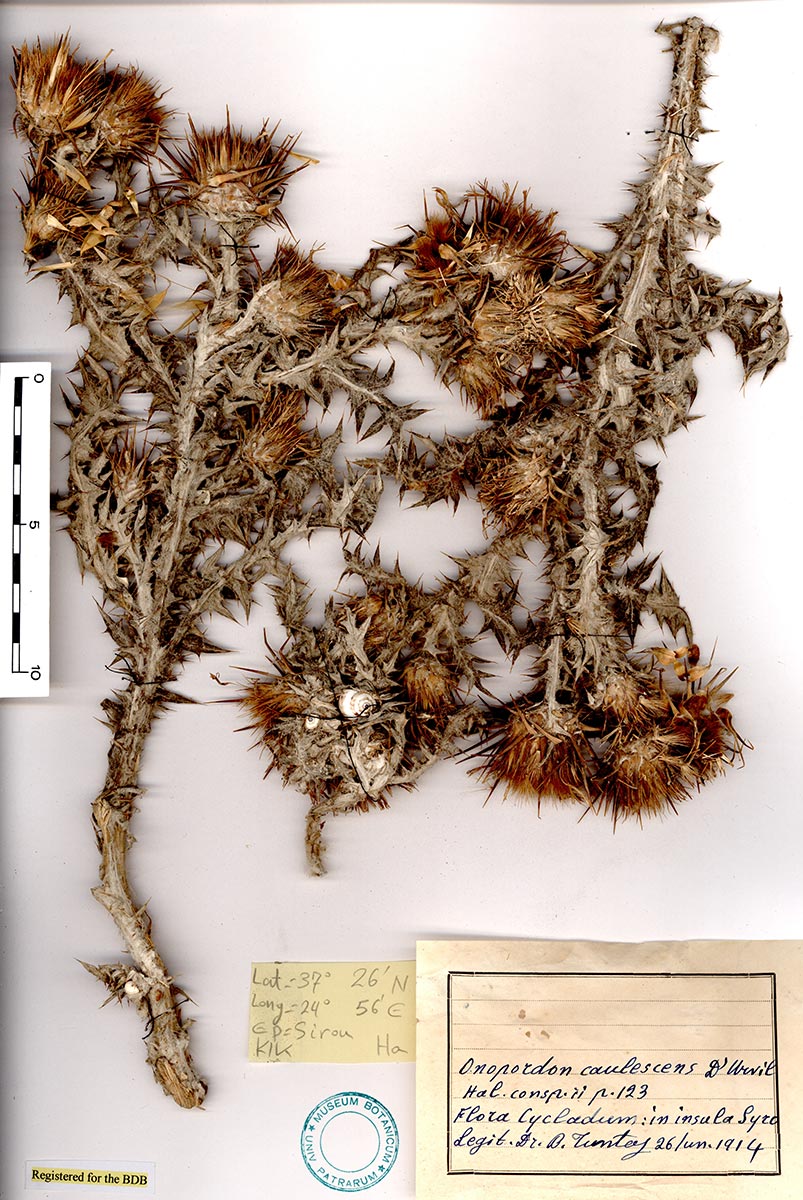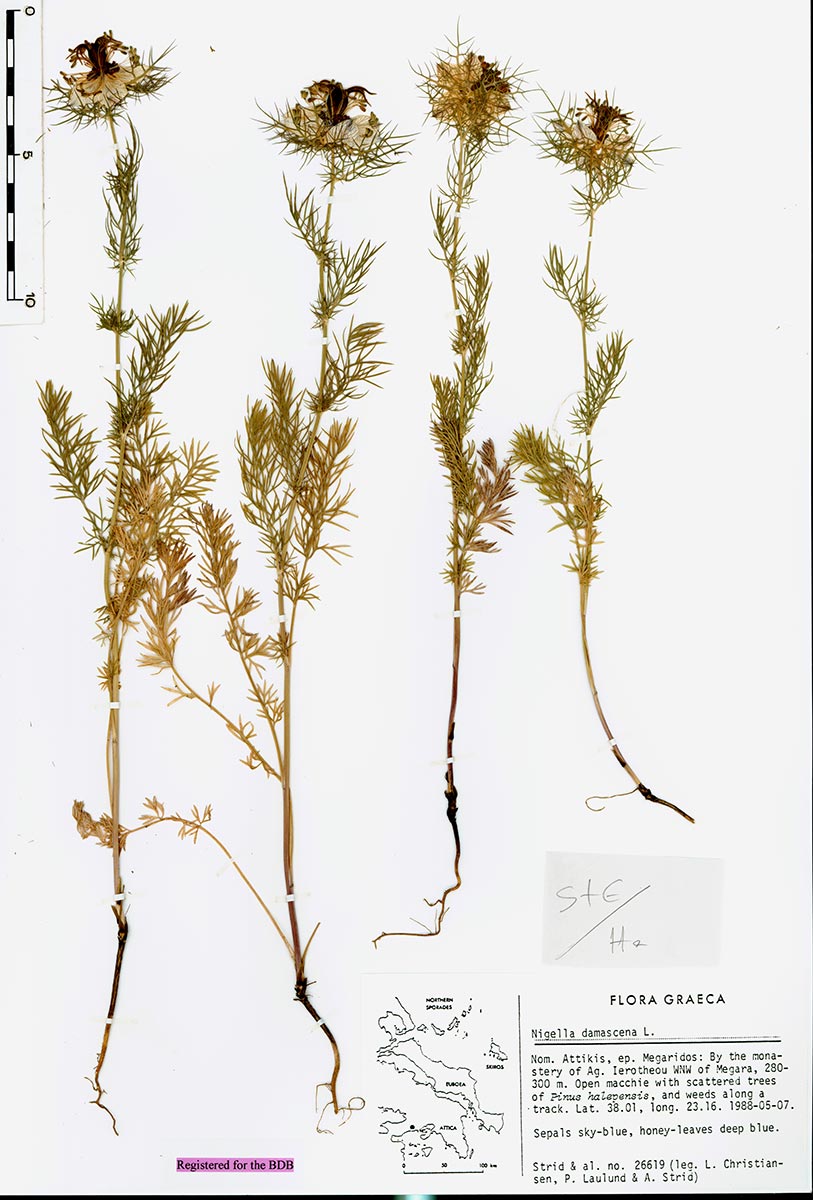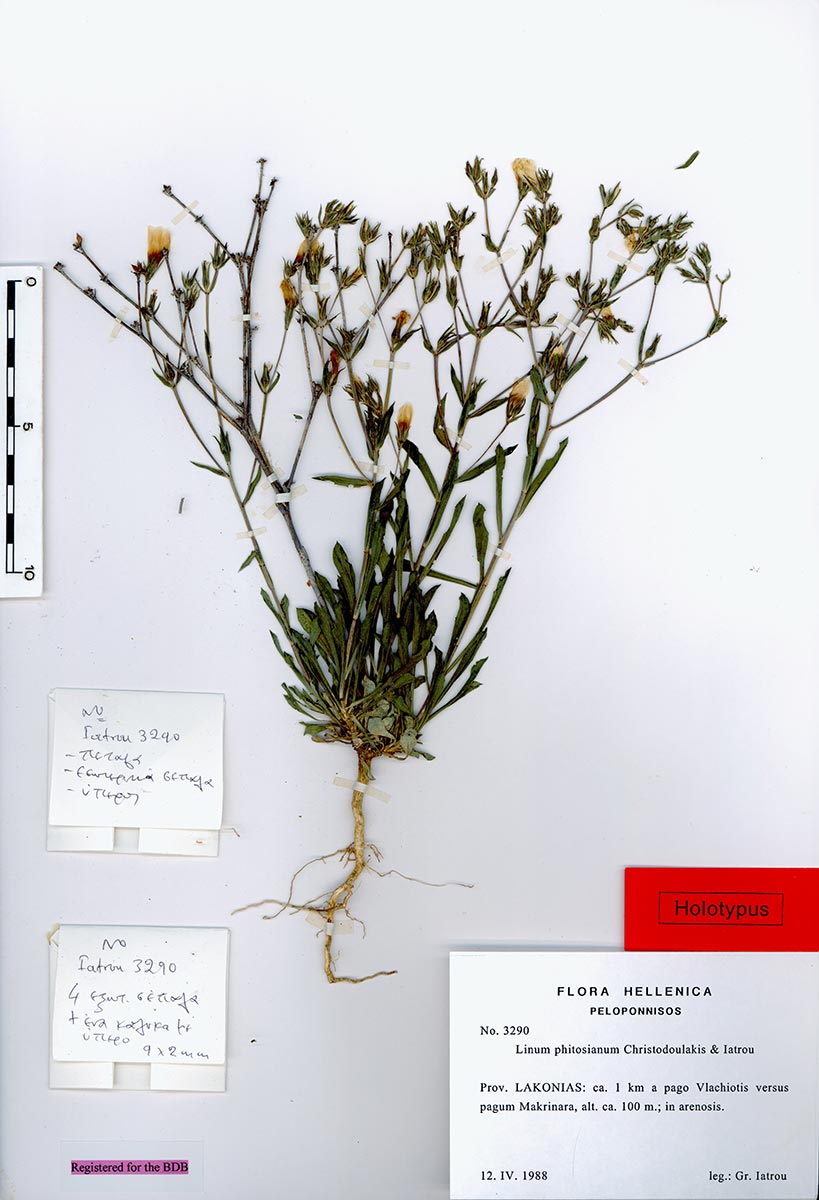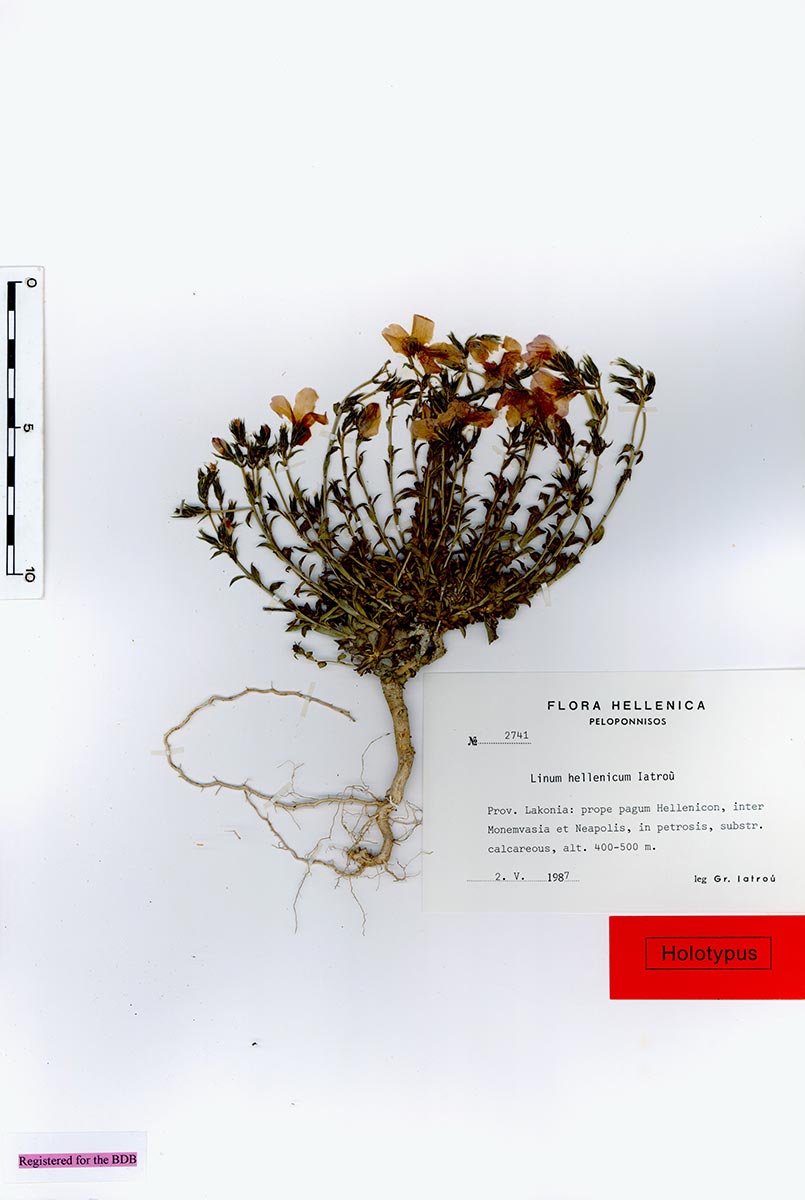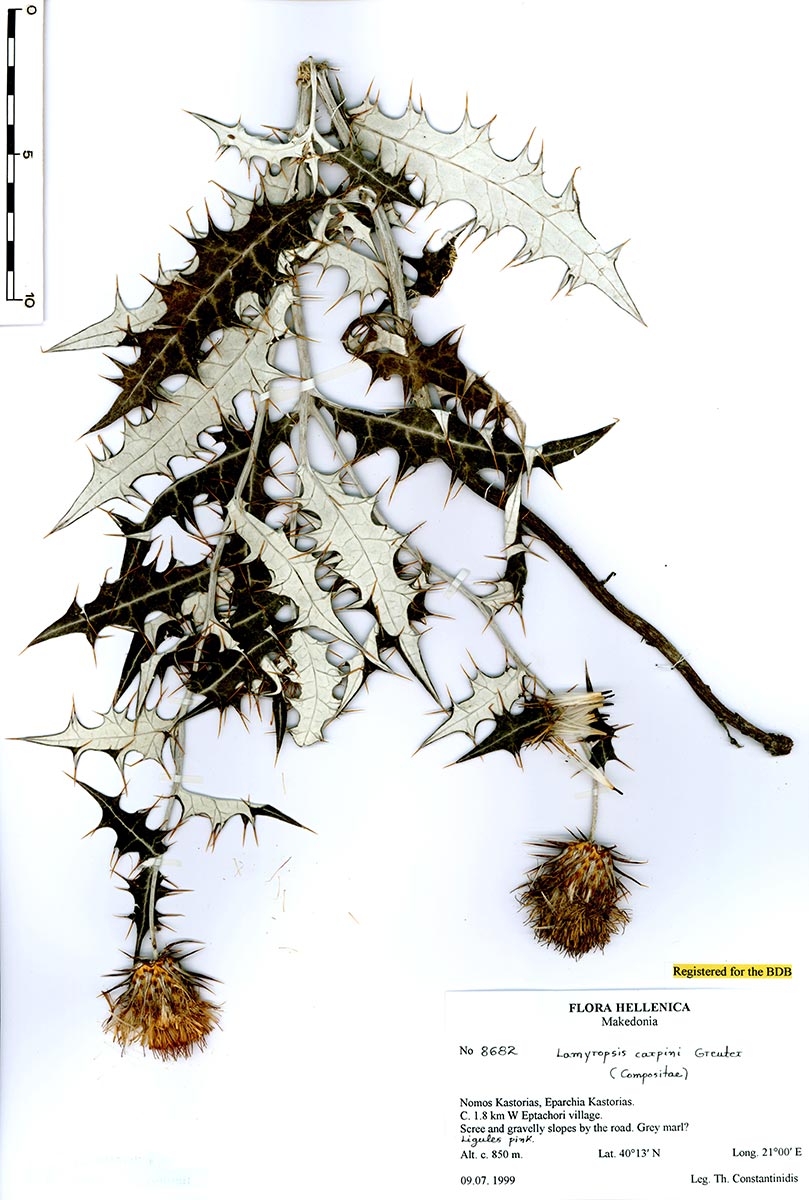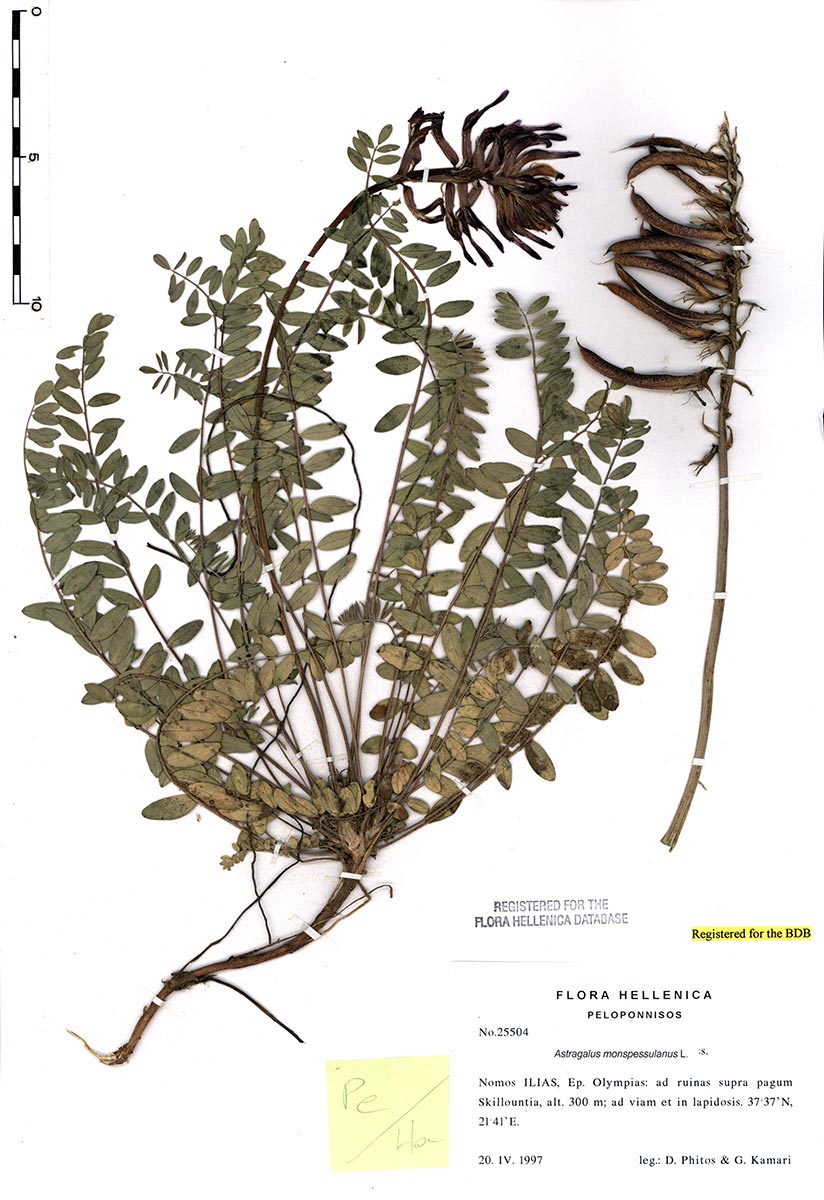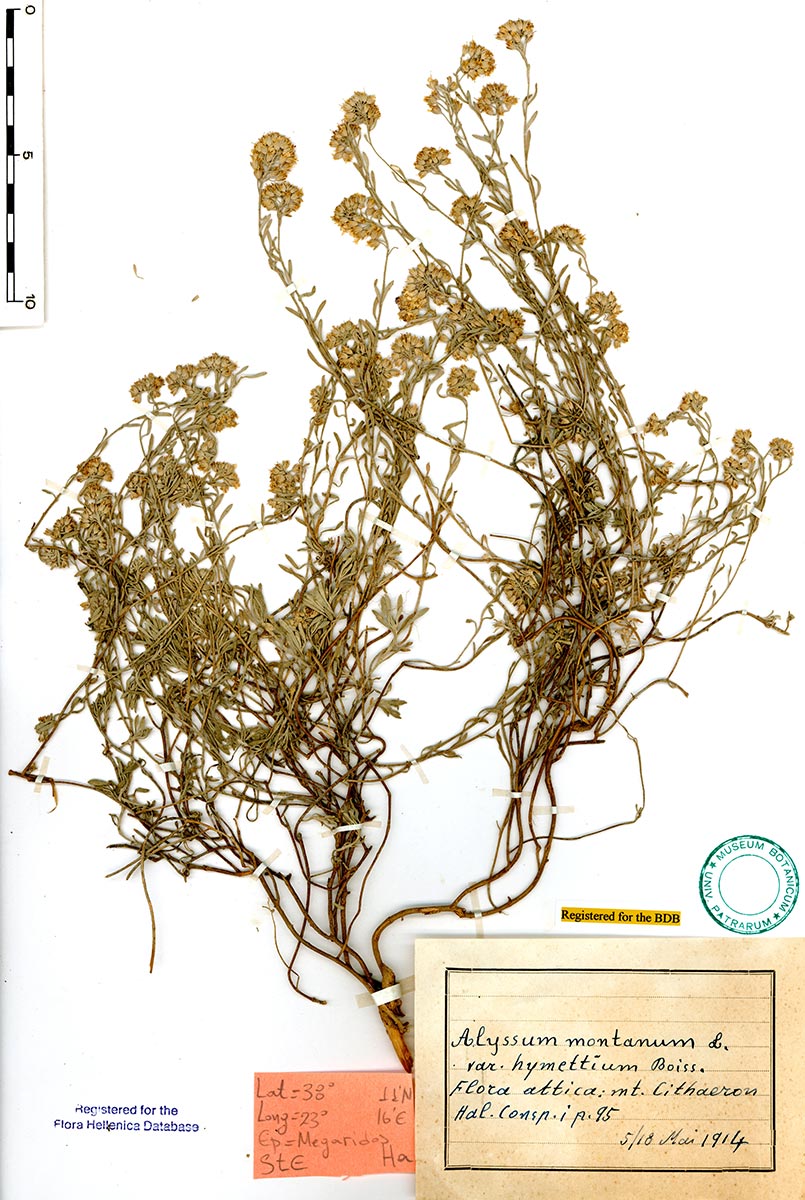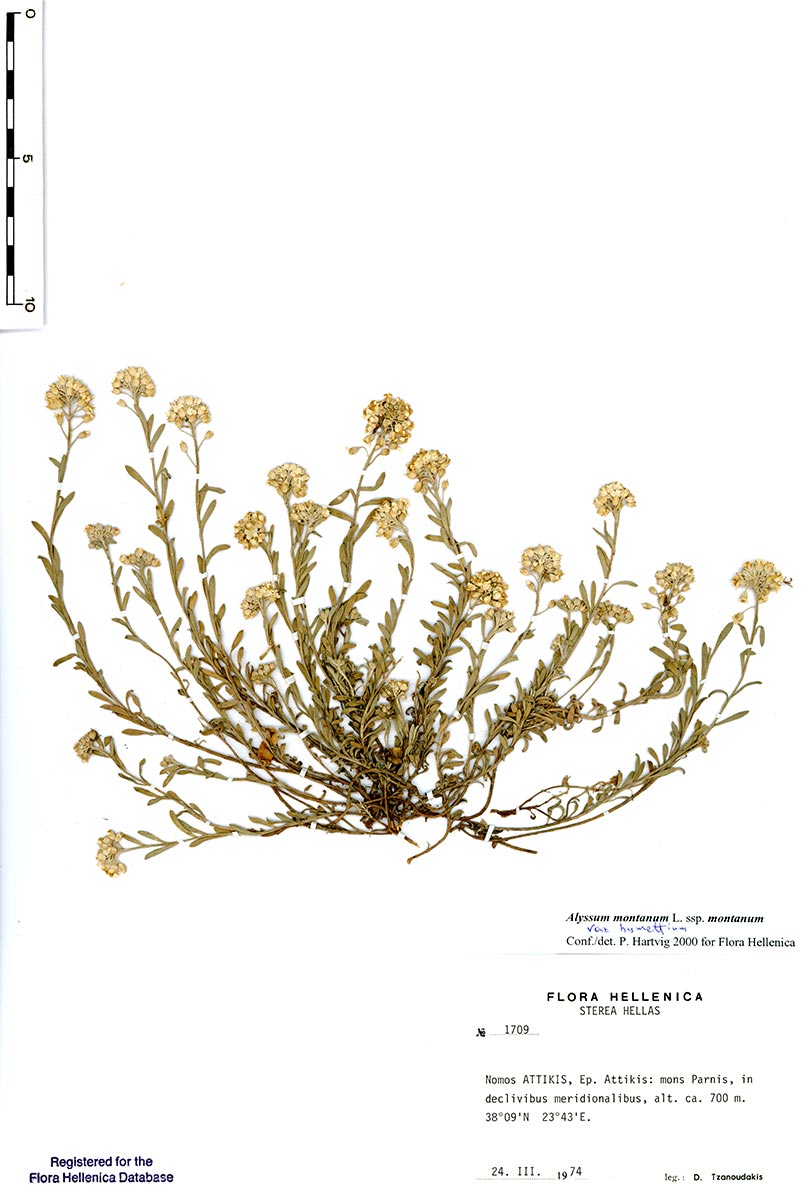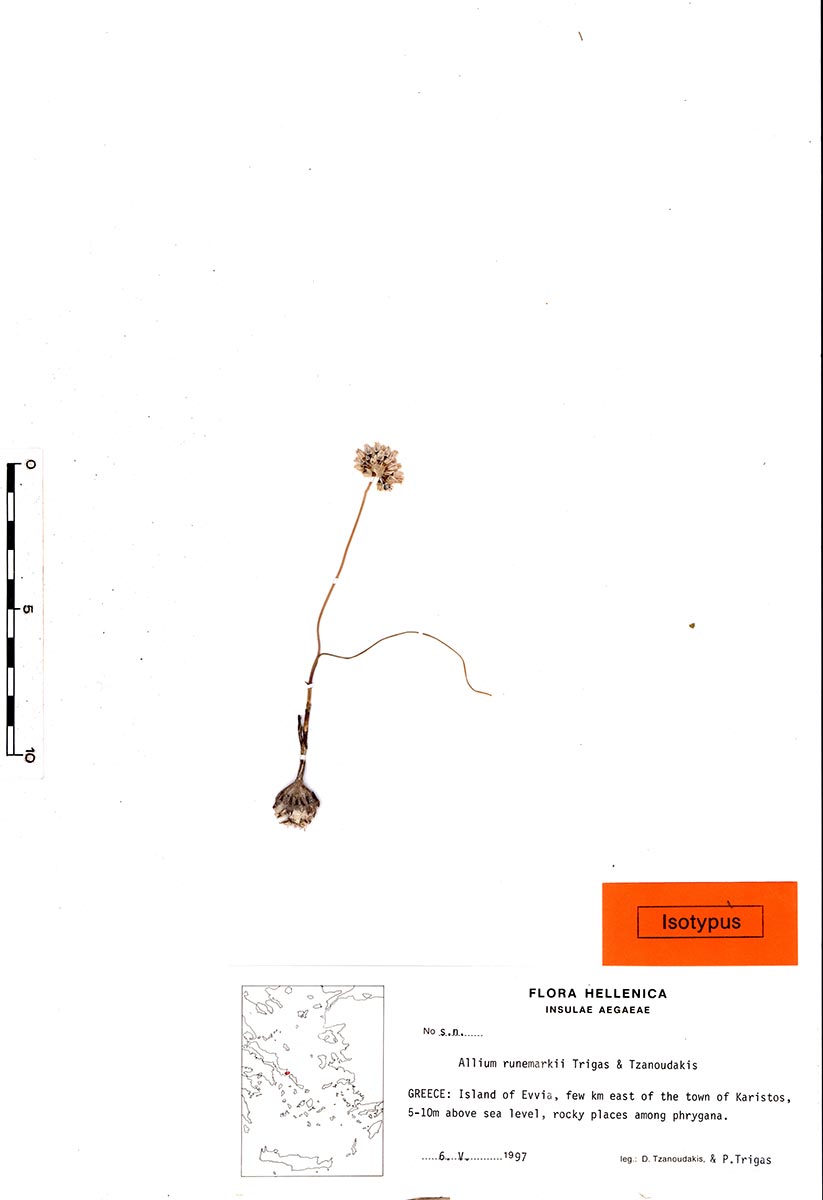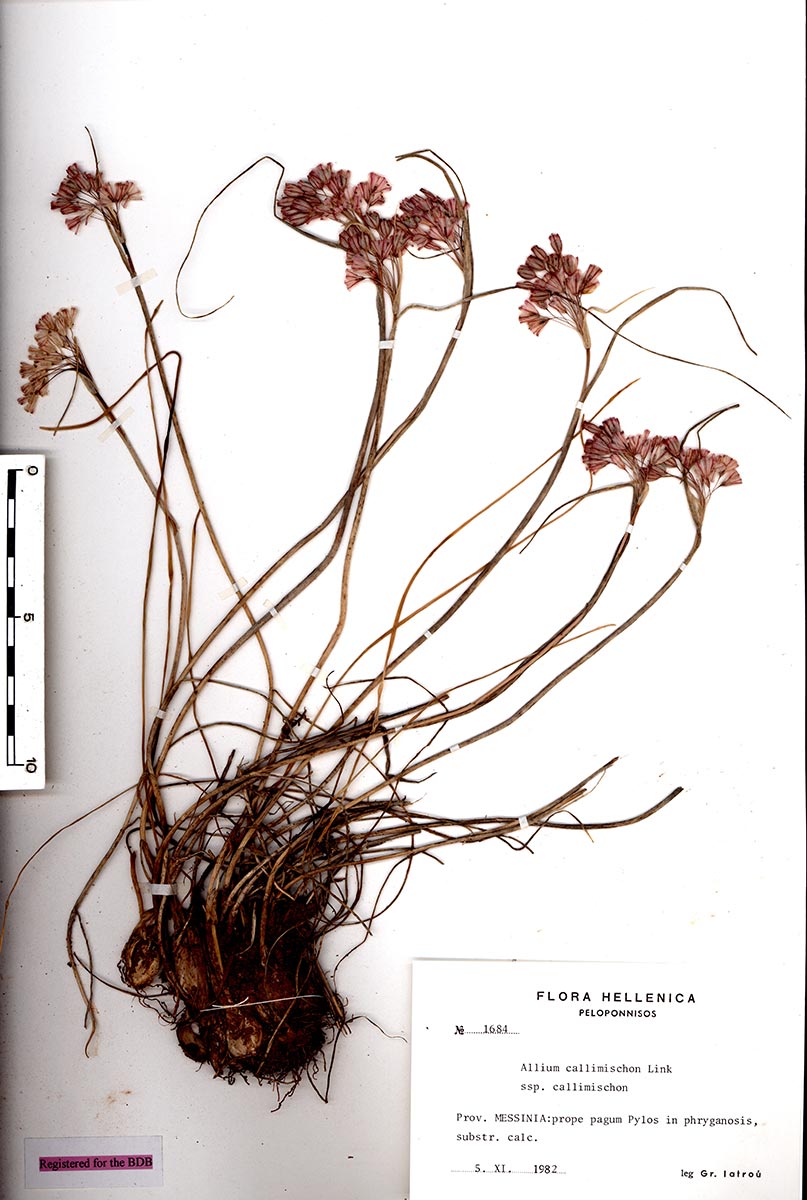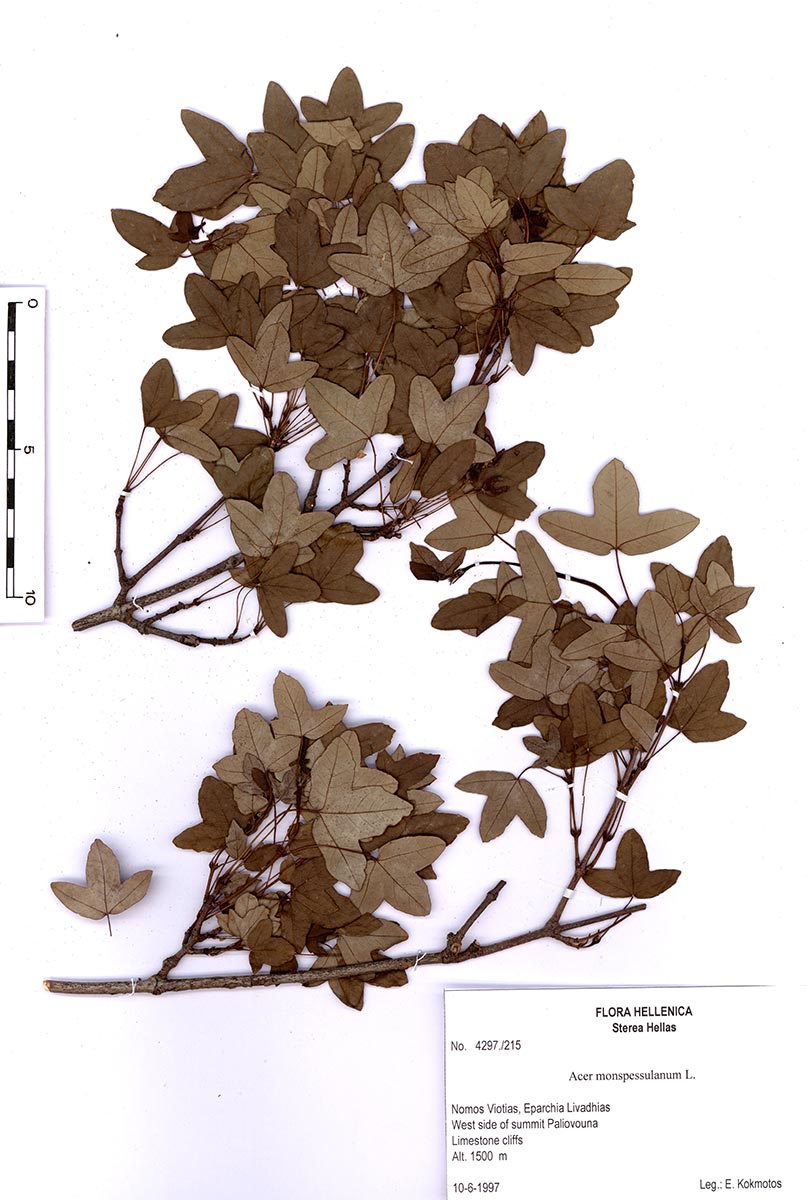General Information
The Botanical Museum of the University of Patras was founded in 1973, based on the P.D. 360 (Government Gazette 264 / 3-10-1973), resulted from the initiative of Professor Dimitrios Phitos, who was the first Director of the Chair of Botany, at the Department of Biology. The main goal of the Museum is the investigation and scientific documentation of the natural capital of Greece with emphasis on its flora.
It functions as a basic research structure and infrastructure of the Department of Biology that a) is the basis for systematic, biogeographical, and phylogenetic research of plants and b) supports the education of students of the Department of Biology.
The scientific and cultural value of the Botanical Museum is particularly important because it is associated with the unique biodiversity and genetic resources reserve and of the unique Greek flora.
According to the P.D. 360 (3-10-1973) the Director of the Botanical Museum is the respective Director / Professor of the Laboratory / Chair of Botany, a fact that reflects the close relationship of the respective units (Laboratory of Botany, Chair of Botany, Botanical Museum), which for many years functioned as a single unit and an educational and research activity.
Since 1982, the Botanical Museum (Herbarium) belongs to the Department of Biology, as a separate structure and the Division of Plant Biology is responsible for its operation, through a three-member committee appointed by the Department of Biology. It is located in the building of Biology and Mathematics at the University Campus in Rio, Patras.
The Botanical Museum includes a) herbarium collections, with plant specimens stored and preserved in specially designed cabinets, b) a research area and auxiliary rooms for the preservation, treatment and elaboration of plant specimens c) a public reception area with different thematic units on plant taxa and natural ecosystems.
Since December 2018, the permanent thematic exhibition entitled “Greek Flora: a unique Natural Capital” is open to the public.
Collections
The UPA Herbarium hosts more than 70.000 voucher specimens of vascular plant which date from 1816 until today and a large proportion of which are already digitized.
These specimens are part of collections of Greek and European researchers from a range of geographical regions (mountains, islets-islands, wetlands, grasslands, woodlands etc.).
- FIGURE 1
- FIGURE 2
- FIGURE 3
In the Botanical Museum of the University of Patras there are extensive and representative plant collections of different geographical areas of the Greek area (mountainous regions of Sterea Ellas and Peloponnisos, islands and rocky islets of the Aegean and Ionian) and representative genera of the Greek flora (Allium, Anthemis, Bellevalia, Bolanthus, Centaurea, Crepis, Fritillaria, Limonium, Paeonia, Scilla, Sternbergia, Viola etc.)
Herbarium collections include plant specimens belonging to 176 families and 1021 genera and representing more than 88 and 84% of the total of Greek Flora’s families and genera, respectively.

About 98% of them are Angiosperms, 0.6% Gymnosperms and 1.4% Pteridophytes. Most of the plant specimens come from the phytogeographical regions of Sterea Ellas (23.7%) and Peloponnisos (20.6%). Ionian Islands (10.4%) and Kriti & Karpathos (8.8%) are the most represented insular phytogeographical regions. About 40.3% and 32.8% of the UPA plant specimens represent mountain and insular floristic elements of Greece, respectively.
- FIGURE 5
- FIGURE 6
- FIGURE 7
The UPA Herbarium collections have been organized in accordance with the herbaria norms worldwide. Specimens are constantly added to the UPA collections and a mid-term target for our research group is to complete the inventory and digitization process of the deposited plant specimens of the rich in endemics Greek flora in order to make them available for researchers through the net.
The emergence and expansion of the Botanical Museum, the starting point of a series of initiatives
The initiative of the Museum Administration for the renovation of three areas of the Botanical Museum and the operation of the permanent thematic exhibition entitled “Greek Flora: a unique Natural Capital” which was inaugurated on December 19, 2018 serves the following goals:
a) To make known and highlight the Botanical Museum as an important structure of our University. The Botanical Museum together with the Zoological Museum (which for years has been a pole of attraction as a structure visited by schools and other educational units) are scientific structures documenting the plant and animal diversity of the natural environment of Greece,
b) to showcase the Botanical Museum-Herbarium of the Department of Biology and the inestimable value of the collections it houses with more than 100,000 dried plant specimens (from the 19th century to the present day),
c) to promote and highlight the richness and value of the Greek Flora as one of the important “hotspots” of plant diversity on a Mediterranean and global level,
d) to make the Botanical Museum-Herbarium open to visitors, through its connection with the education structures of the prefecture of Achaia, but also of the other prefectures of the Region of Western Greece.
The importance of these initiatives is judged by the optimization of the Botanic Museum’s operation as a research structure, according to the Code of Ethics of the International Council for Museums (ICOM) and in the future it will be judged by the success and impact of the “opening to educational structures of the Prefecture of Achaia, the Region of Western Greece but also more widely in environmental Centers, Protected Area Management Units” in society and especially in the younger generations.
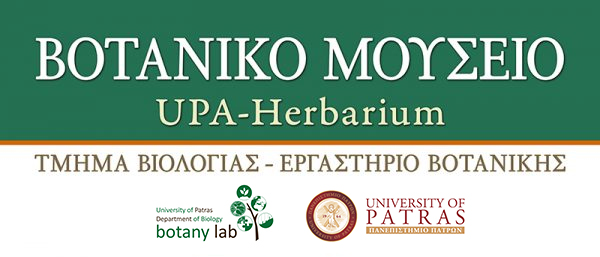
Contact details:
Botanical Museum – Herbarium
Laboratory of Botany
Section of Plant Biology
Department of Biology
University of Patras, 265 04 Patras, RioTel.: +30 2610 969253; +30 2610 996777; +30 2610 969238
Email: herbariumupa@upatras.gr
Botanical Museum Management Committee: Prof. P. Dimopoulos (President), Assoc.Prof. M.Panitsa (Member), Dr. G. Dimitrellos (Member)
Operating Goals
In the general objectives of the Herbarium of the Department of Biology of the University of Patras botanical research and support for exploratory botanical and ecological missions, education, information, and environmental awareness are included.
Objectives and action planning
The reorganization of the Botanical Museum that began three years ago will continue at a more intensive pace, aiming:
- in the completion in the next years of the digitization of the Museum’s dried material and the introduction into the database of all plant specimens,
- in the strengthening and expansion of existing collaborations with major Botanical Museums of Europe (e.g. with the Botanical Museum of Berlin),
- in highlighting the importance and further scientific utilization of the Museum’s priceless collections both in Greece and in the International Scientific Community, through maintenance of the space and the digitization of the collections,
- in the strengthening and expansion of scientific collaborations with researchers from Greece and abroad, after consultation with the Management Committee of the Botanical Museum and in accordance with the approved operating regulations of the Museum, through official memorandums of cooperation on specific, modern basic and applied research objects.
- in continuing to guide and participate in research concerning the flora, vegetation and phytogeography, in support of botanical exploration, education, information and environmental awareness.
- to the continuation of participation in events (e.g. Patras IQ, the Patras Science Festival, the Researcher’s Night, the action of the University of Patras “Schools go to University” and our Department’s Summer School) that give the opportunity to the wider public to be informed about the Greek Flora and about the inestimable value of the collections hosted by the Botanical Museum of the University of Patras.
The Botanical Museum can be visited and is open to the public, students and schools with the possibility of guided tours and hosting scientific activities related to the Science of Plants and the natural environment in general, after ensuring the appropriate conditions.






